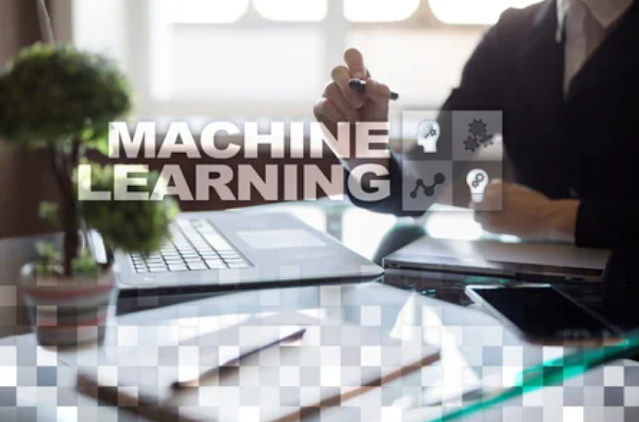Machine Learning vs. Traditional Programming: Understanding the Difference
Machine Learning (ML) and Traditional Programming are two different approaches to solving problems and building intelligent systems. Here, we will explore the key differences between the two:
Problem Solving Approach:
- Traditional Programming: In traditional programming, developers write explicit rules and instructions to solve a specific problem. They define the logic and provide step-by-step instructions to the computer on how to perform tasks.
- Machine Learning: In ML, instead of providing explicit instructions, the system learns from data to identify patterns and make predictions or decisions. ML algorithms analyze the input data and derive their own rules or models to solve the problem. The system learns iteratively from examples, making it capable of adapting and improving over time.
Data-Driven vs. Rule-Based:
- Traditional Programming: Traditional programming relies on predefined rules and logic defined by the programmer. The program follows these rules to process input and produce output. The program's behavior is determined by the set of rules written in the code.
- Machine Learning: ML algorithms are data-driven. They learn from examples or data to generalize patterns and relationships. The behavior of the ML model is determined by the data it was trained on and its ability to generalize to new, unseen data.
Flexibility and Adaptability:
- Traditional Programming: Traditional programs are rigid and require manual updates and modifications to accommodate changes or new scenarios. Programmers need to anticipate and account for all possible scenarios in their code.
- Machine Learning: ML models are designed to be flexible and adaptable. They can automatically adjust and learn from new data without requiring manual updates. ML models can generalize patterns and make predictions on unseen data, allowing them to handle new scenarios without explicitly programming them.
Problem Complexity:
- Traditional Programming: Traditional programming is well-suited for problems with well-defined rules and logic. It is effective for problems where the solution can be explicitly defined and implemented.
- Machine Learning: ML excels in dealing with complex problems where the rules or patterns are not explicitly known or difficult to define. ML models can discover complex patterns and relationships in large datasets that may not be easily apparent to humans.
Domain Expertise:
- Traditional Programming: Traditional programming relies on the expertise of programmers who possess knowledge about the problem domain and can translate that knowledge into code.
- Machine Learning: ML leverages the expertise of data scientists and domain experts to train and fine-tune models. ML models require a deep understanding of the data, feature engineering, and algorithm selection.
Both traditional programming and machine learning have their place in solving problems, and the choice between them depends on the specific problem, available data, and desired outcomes. In some cases, traditional programming may be more appropriate for simple, rule-based tasks, while ML shines in handling complex problems with large amounts of data. In recent years, there has been an increasing trend towards combining both approaches, known as "hybrid intelligent systems," where ML techniques are used in conjunction with traditional programming to create more robust and intelligent solutions.











